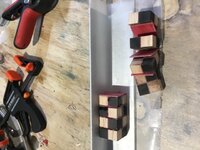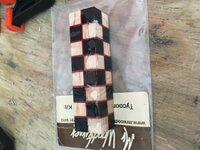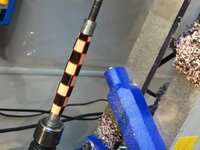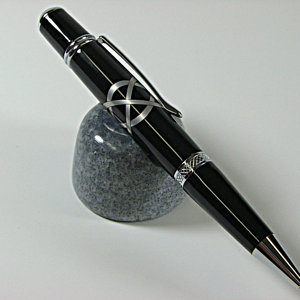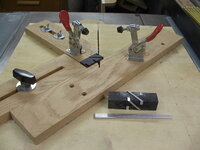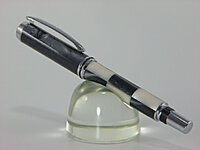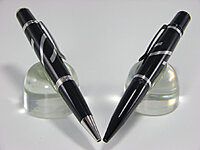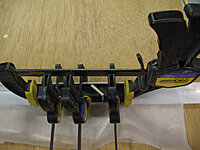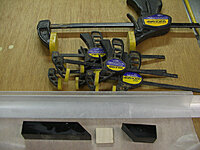brailsmt
Member
I have made a single segmented blank. It was a chess board themed shaving brush. My accuracy in glue ups is lacking. I have a crosscut jig for my table saw. I also have a bandsaw, but no jigs made for it. I would like to make some high precision celtic knot blanks and other segmented blanks. Chess is a theme with me, and a chess board themed pen is on the wish list, but I need to seriously step up my segmenting game for that. Tips are greatly appreciated.

